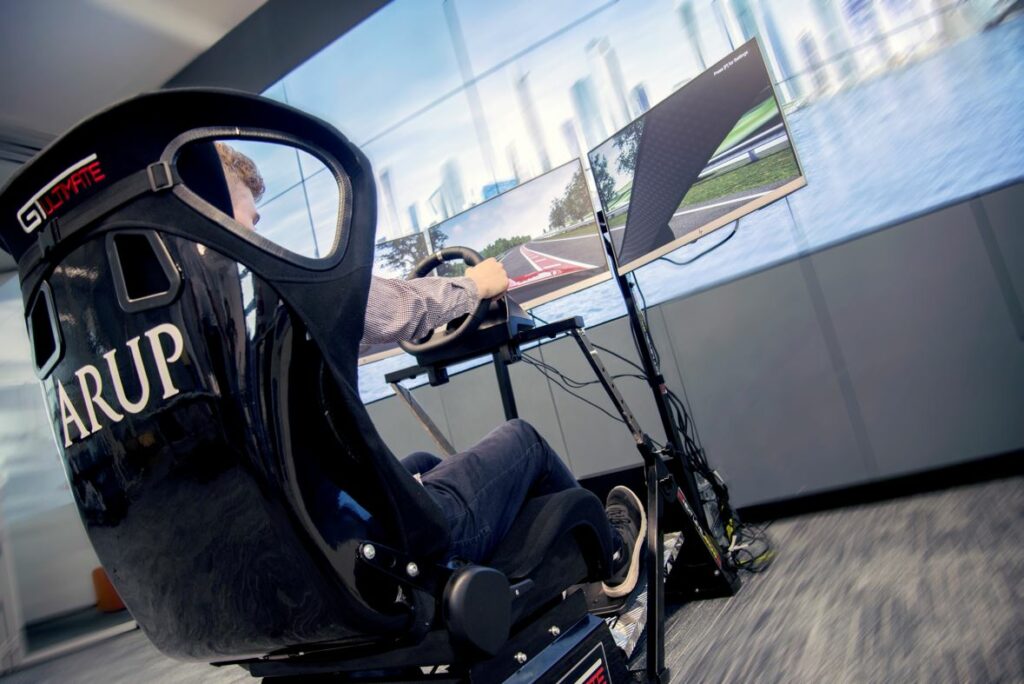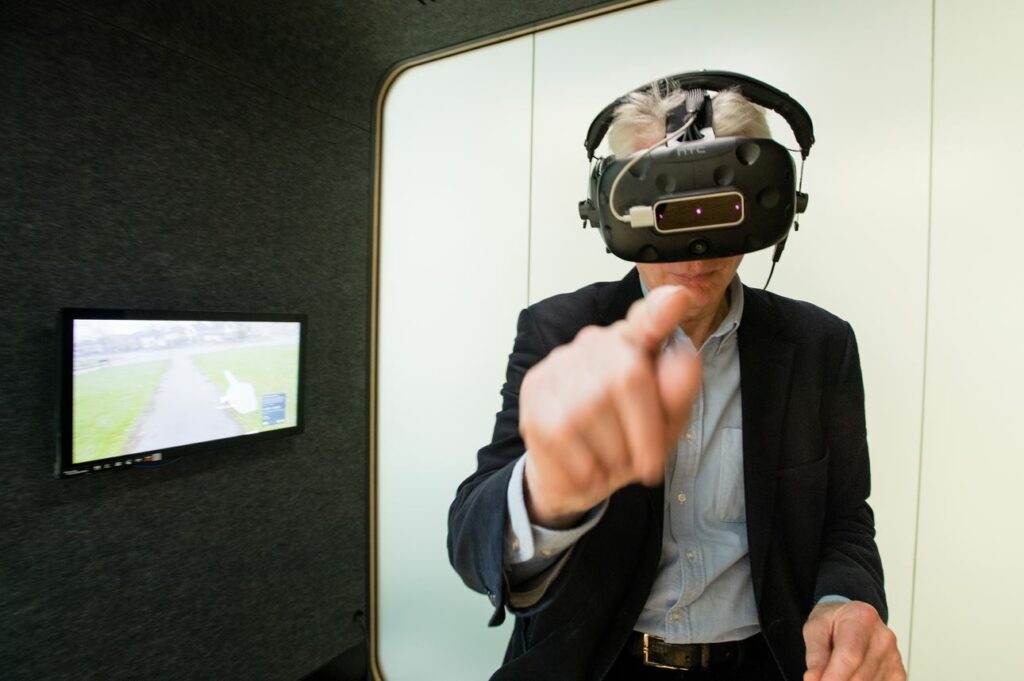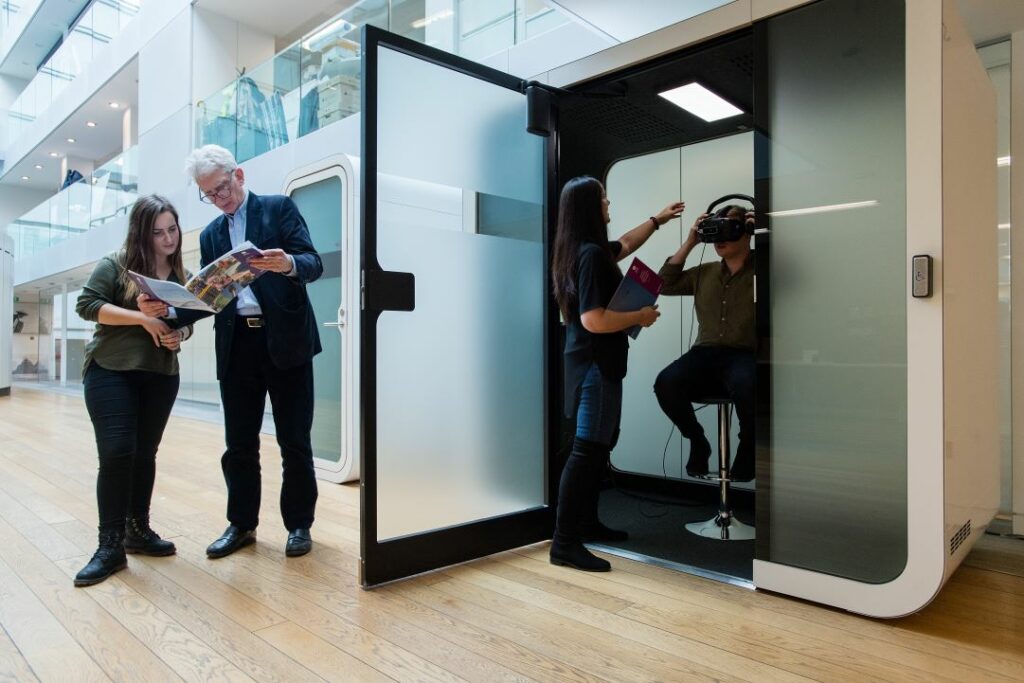Lee Wallace
BSc (Hons) MSc PIEMA
Senior Environmental Consultant
Arup

Consultation occurs across most projects in one way or another and is a key tool which forms part of the design development and approvals process. It is a legislative requirement intended to inform stakeholders of the key design and environmental information, whilst also giving them the opportunity to participate in the decision-making process. This benefits the impact assessment as any feedback can be incorporated into both the design and the assessment which improves the quality and effectiveness of the assessment.
Traditionally consultation occurs in the format of a series of workshops, public events or meetings using technical reports and plans. Digital technology offers the opportunity to develop immersive and informative experiences as a more accessible and interactive consultation experience, to help engage stakeholders.
Digital technology has increasingly been used in consultations to offer an alternative communication approach which allows us to bring complex designs and impact assessments to life. One of the early examples of its successful deployment within Arup was the use of visualisation to demonstrate the planning, staging, and legacy of the London 2012 Olympics to show stakeholders the life cycle of the development. Digital technology has continued to grow and there are numerous examples of how it has been harnessed to enhance consultations.
Digital innovation opening the doors to consultation
Public consultation events can be restricted in their effectiveness due to accessibility, which includes the language used and the ease with which stakeholders can view the information they need. Arup has worked with Highways England to create multiple online virtual public consultation portals. The portals allow stakeholders to access the design and impact assessment documentation, remotely and at their convenience, which helps the consultation process integrate with the stakeholder’s daily life.
The Highways England A417 Missing Link scheme used a virtual public consultation portal. The technology placed the stakeholder in the centre of the consultation room where users could pan around the room to view all the information banners, technical reports and plans. The virtual experience integrated multiple videos, including a project ‘fly-through’. The video delivered the key scheme messages without relying on text-heavy technical documents and plans. This included an overview of the integrated design approach of key elements such as a green bridge, communicating key issues such as ecology and biodiversity as well as key landscape considerations given the proximity to the Cotswold Area of Outstanding Natural Beauty.
Immersive experiences
Digital technology offers stakeholders the opportunity to fully immerse themselves into the immediate surroundings of a development as if it were operational. The A417 project included a 3D model which enabled stakeholders to position themselves anywhere in the local landscape to understand what the scheme would look like from a viewpoint of their choosing. A driving simulator allowed stakeholders to experience the proposed scheme in a digital environment to understand how it might look and feel. The immersive tools not only helped stakeholders understand the operational scheme in more detail, but they added a fun and engaging element to the event which helped to widen the demographic of attendees.

Immersive technology has been developed further to incorporate multiple senses in a virtual reality (VR) environment. Arup developed award-winning VR Soundbooths for Heathrow Airport’s public consultation events. The demonstrations combined a virtual user interface, a 360-degree video with aircraft visualisations and audio recordings of the aircraft at different background soundscapes. The Soundbooths provided an interactive and immersive experience that helped consultees understand the potential changes in aircraft noise exposure that might affect their own communities. The Soundbooths helped stakeholders engage more effectively with the design, which in turn, increased the quality of the consultation feedback and promoted an inclusive decision-making process.



The power to drive change
Digital tools can be used to facilitate new insights and perspectives to help drive positive change. Developed alongside the Bernard Van Leer Foundation, the Urban95 virtual reality experience has been used to raise awareness around the challenges that children face in cities around the world. The tool has been used to inspire designers, planners, policymakers, and decision-makers into thinking from the perspective of a three-year-old, by making the user of the headset feel 95cm tall. The technology has been successfully used to help promote and inform better decision making and the inclusive planning of urban spaces to enhance the experiences of younger members of society.
Within not only Arup, but also across IA practice, consultation is a key area where the boundaries of innovation are being pushed. Digital technology can create a suite of tools which can increase accessibility, improve engagement with a wider audience and provide more effective communication. Digital technology will become an increasingly important tool for consultation across all phases of the IA process. By embracing these methods it is possible to enhance how the public and stakeholders engage with projects and IA.
All images and rights are reserved by Ove Arup & Partners International Limited. Rights have been granted for the use within the IEMA Digital Transformation Outlook Journal and Microsite only. Any further use of the images or content in any way must be agreed with holder. This includes not only IEMA but also any third parties who may acquire the information via the IEMA Digital Transformation Outlook Journal and Microsite.

